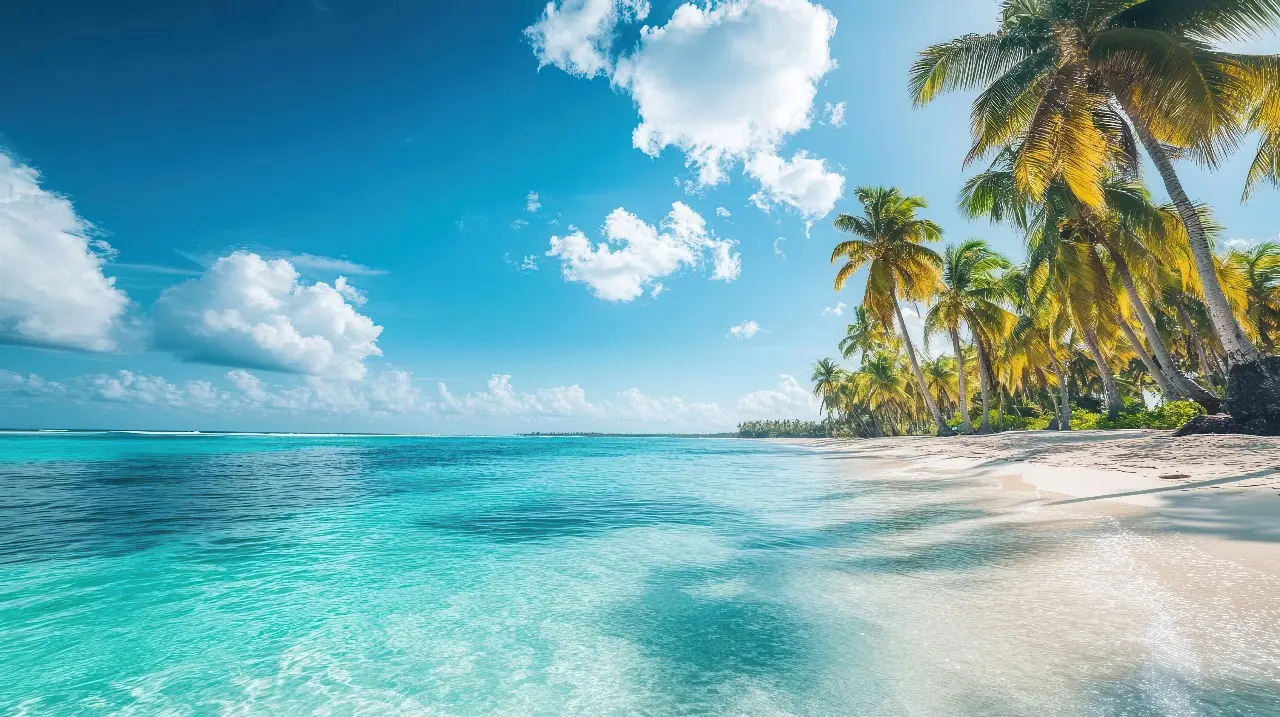Phuktal Monastery
A breathtaking cave monastery built around a natural cave, perched precariously on a cliff face, accessible only by foot and seeming to hang impossibly from the mountainside.
Read More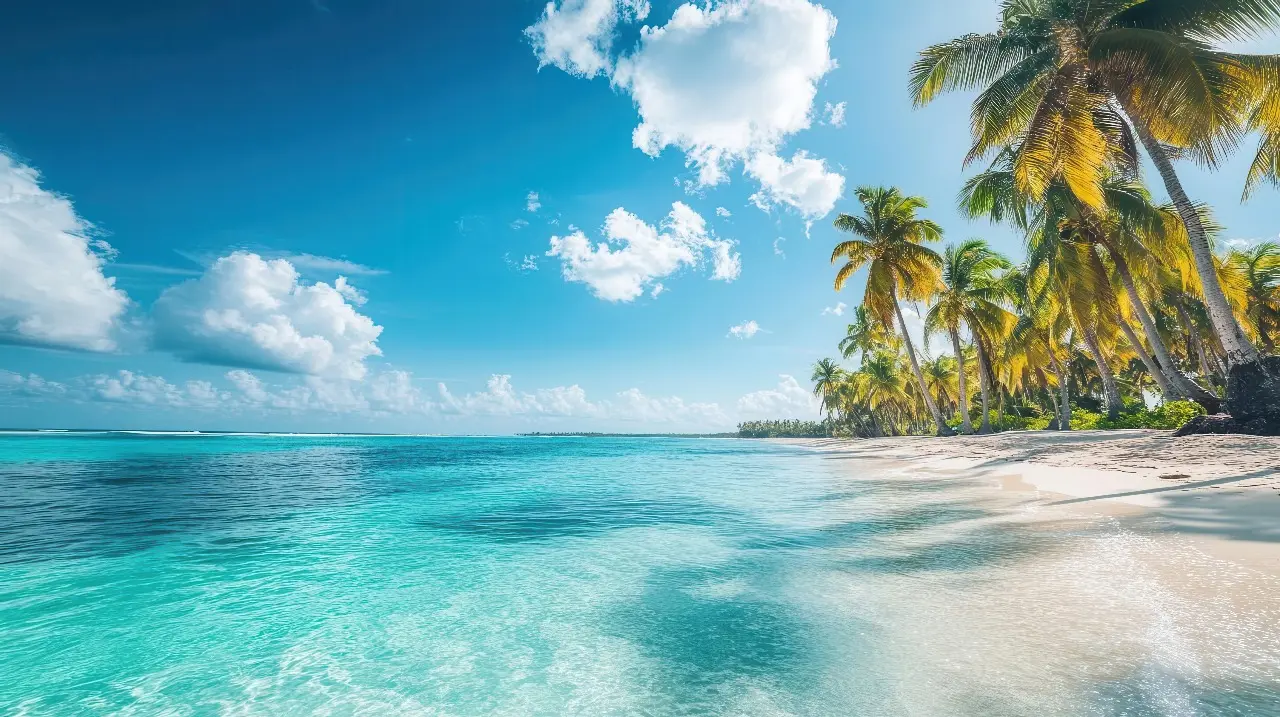
Zanskar Valley, perched at around 13,000 feet between the Great Himalayan and Zanskar ranges, is a secluded gem in Ladakh known for its raw beauty and spiritual serenity. Isolated for much of the year due to heavy snowfall, the valley is accessible mainly via a rugged, high-altitude road that adds to its allure. This untouched region is a haven for adventure seekers, trekkers, and those yearning for solitude. Ancient monasteries like Phugtal and Karsha cling to cliff faces, reflecting centuries-old Tibetan Buddhist traditions that remain deeply rooted in daily life. The landscape is a breathtaking blend of barren mountains, glacier-fed rivers, alpine meadows, and timeless villages. Zanskar’s remoteness preserves not only its natural environment but also the cultural purity of its people, offering a truly immersive experience into Ladakh’s most authentic and spiritually rich frontier.


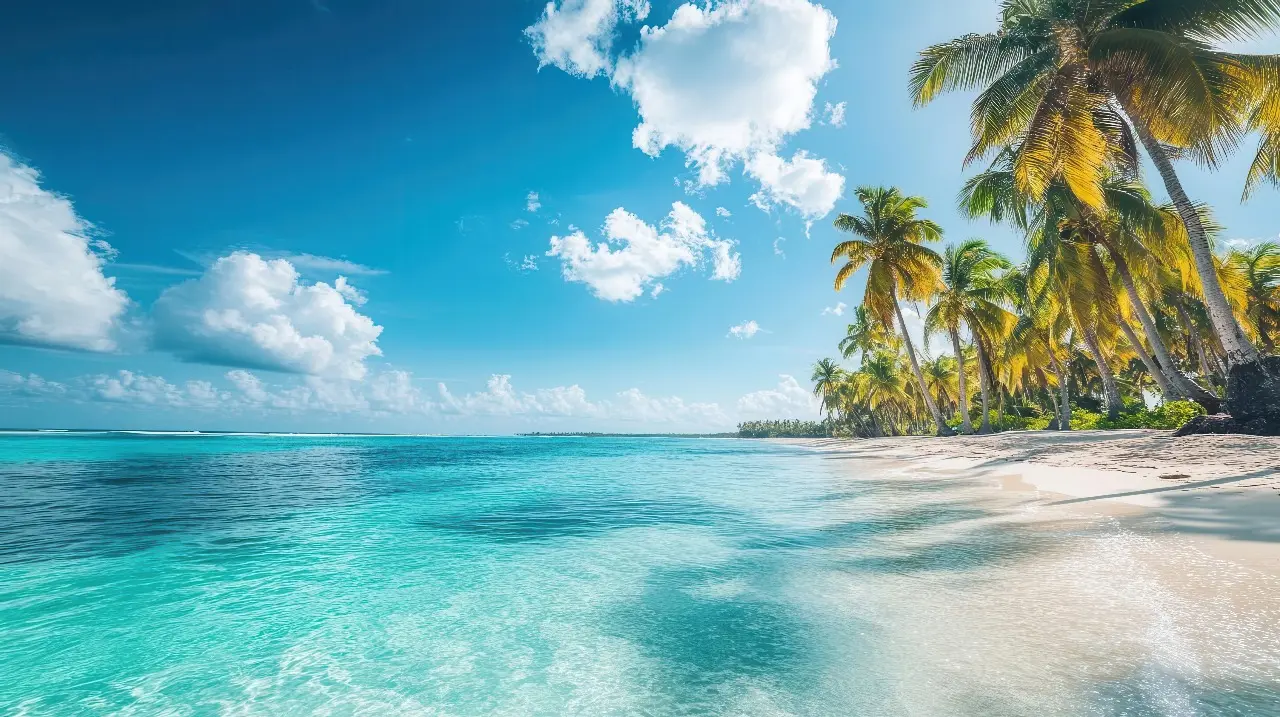
A breathtaking cave monastery built around a natural cave, perched precariously on a cliff face, accessible only by foot and seeming to hang impossibly from the mountainside.
Read More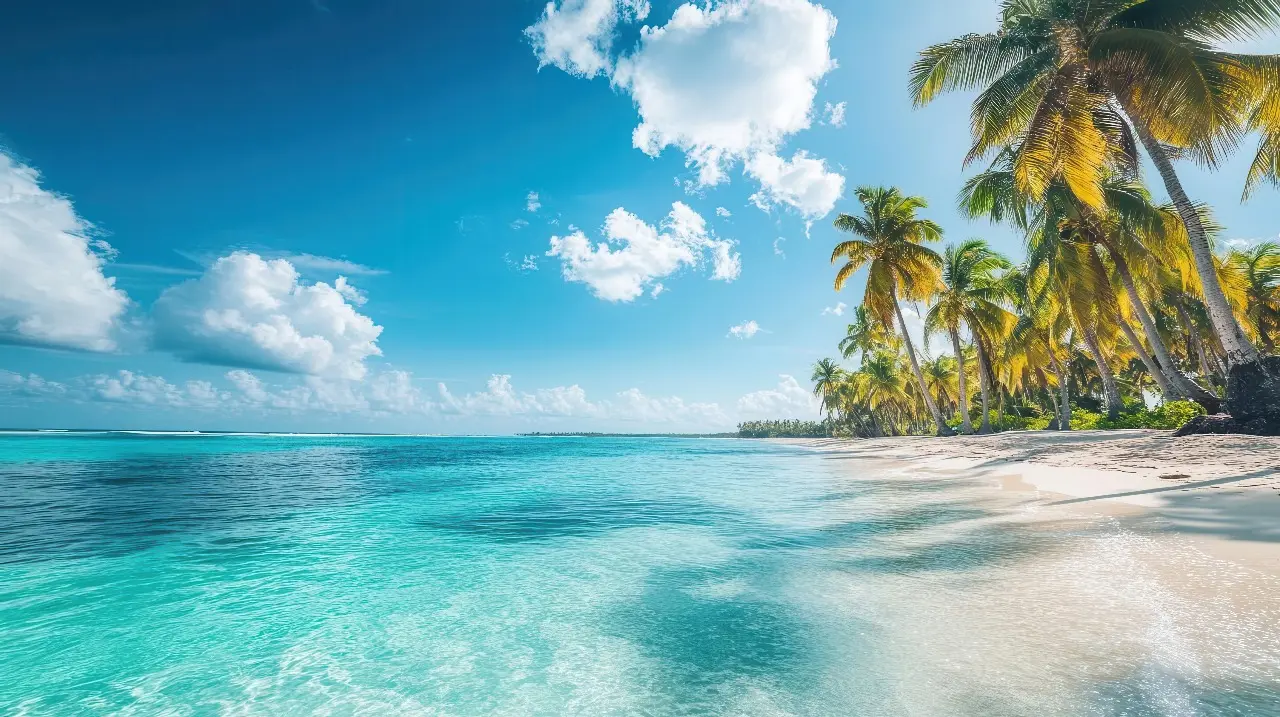
The largest monastery in Zanskar, dramatically situated on a hillside overlooking the valley, housing around 100 monks and containing ancient murals and a magnificent prayer hall.
Read More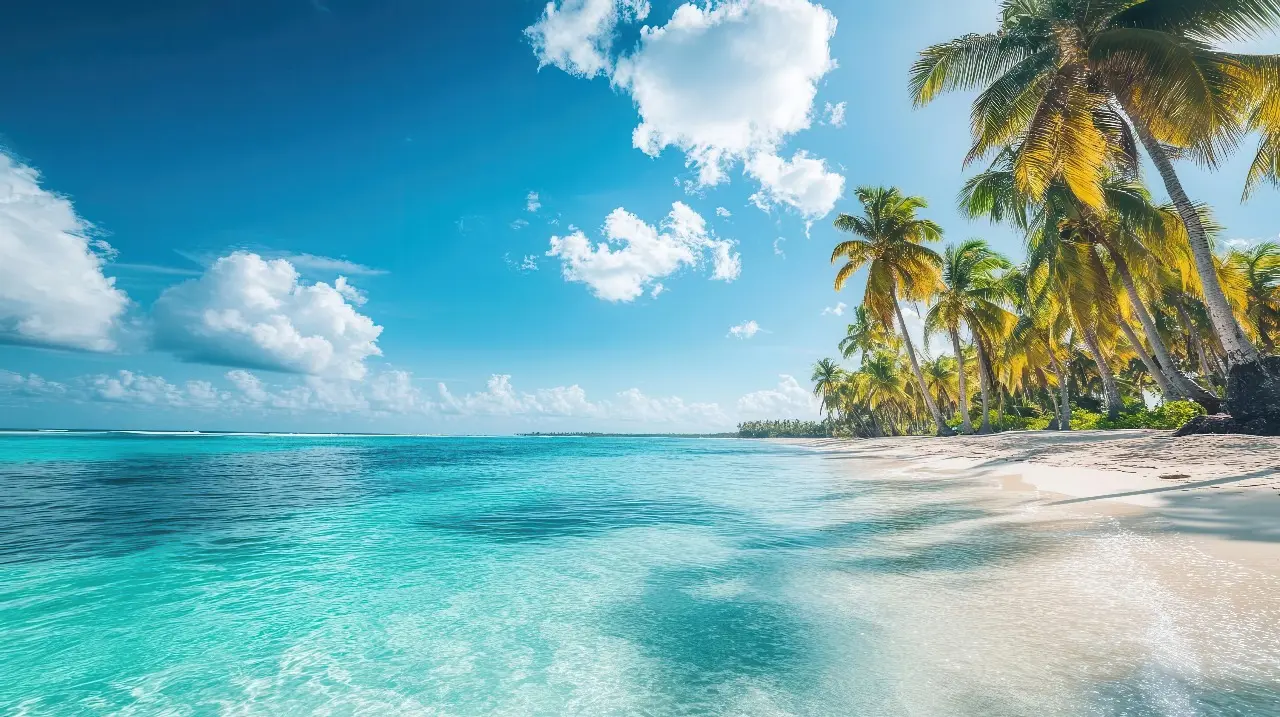
The second largest monastic institution in Zanskar, offering panoramic views of the surrounding snow-capped mountains and housing precious Buddhist artifacts and scriptures.
Read More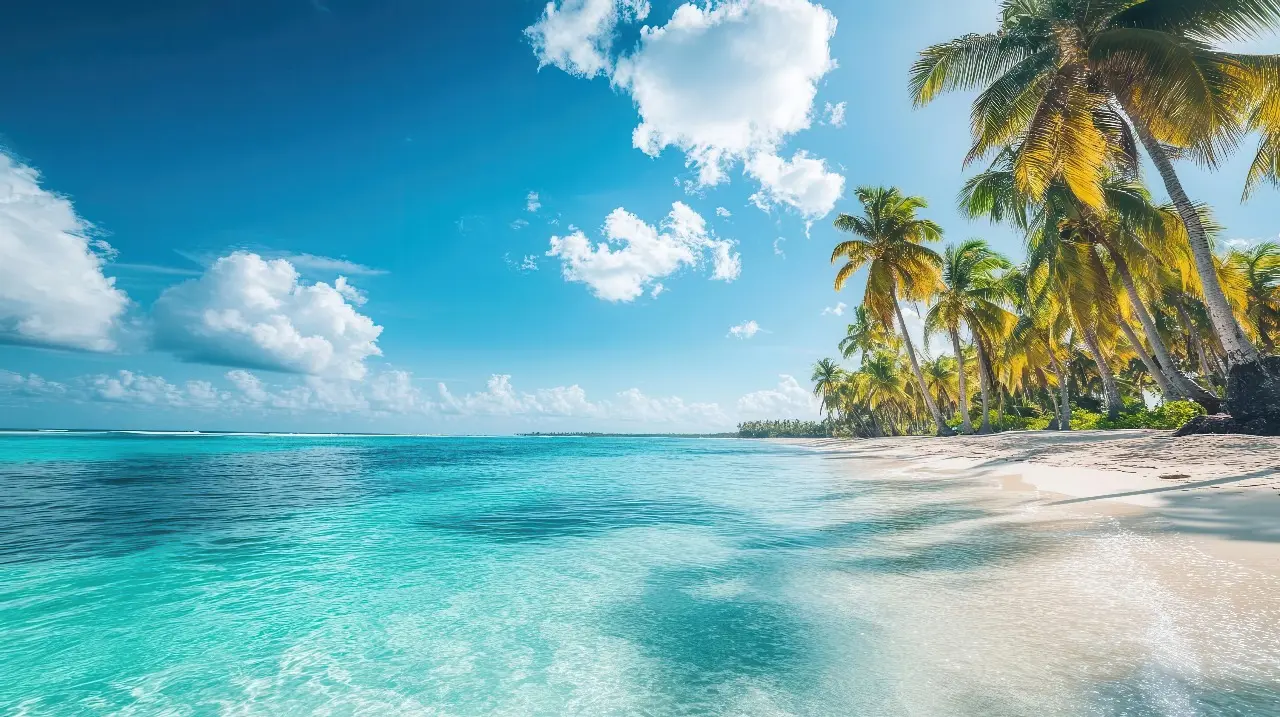
The ancient royal residence of the Zanskar kingdom's rulers, where Hungarian scholar Alexander Csoma de Kőrös once stayed while compiling the first Tibetan-English dictionary.
Read More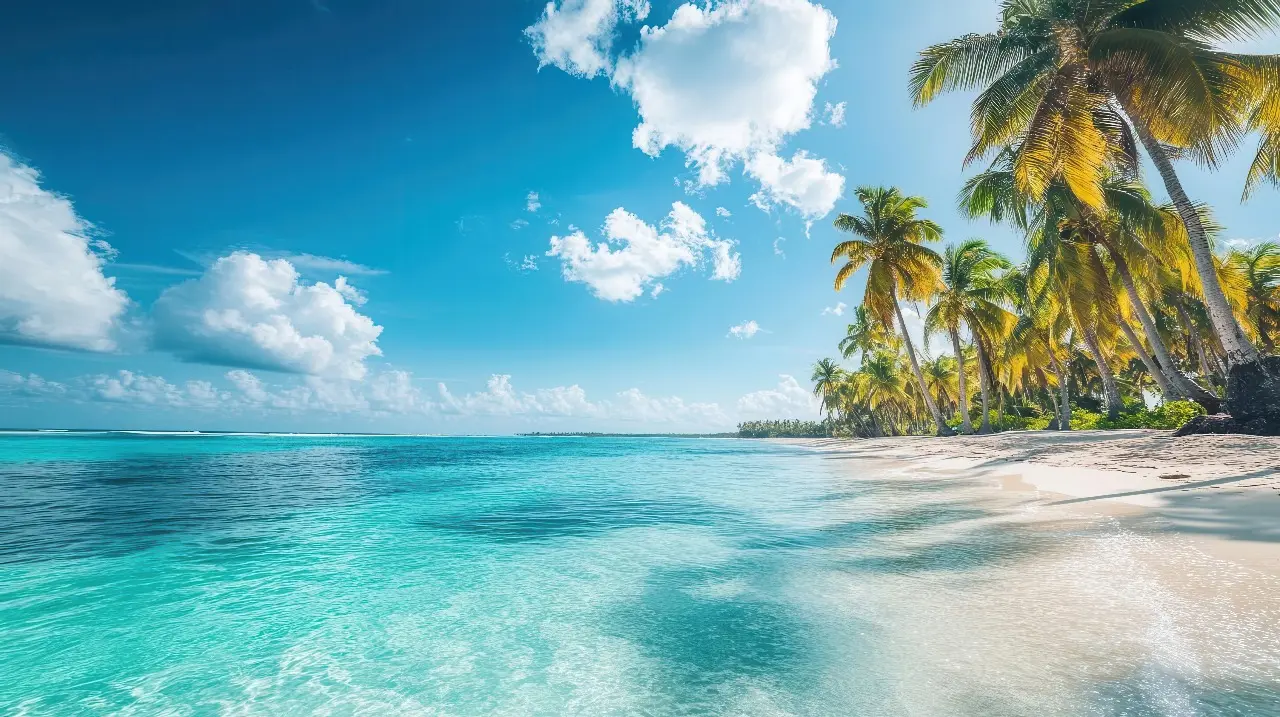
One of the largest glaciers in Ladakh, creating a spectacular frozen highway of ice stretching nearly 23 km between towering mountains.
Read MoreZanskar Valley offers a rare combination of extreme adventure and profound cultural immersion. Brave the iconic Chadar Trek across the frozen Zanskar River during the harsh winter months for an unforgettable experience of endurance and icy beauty. Visit remote monasteries like Phugtal and Stongdey, where centuries-old Buddhist traditions are still practiced. Engage in authentic village life by staying with Zanskari families, sharing meals and stories. Trek along rugged mountain trails, surrounded by snow-clad peaks, deep gorges, and untouched terrain. Capture stunning photographs of dramatic vistas that seem carved by time itself. Don’t miss the region’s colorful monastic festivals, where masked dances and spiritual rituals provide a glimpse into a mystical, preserved way of life unparalleled in its purity and connection to ancient Himalayan culture.
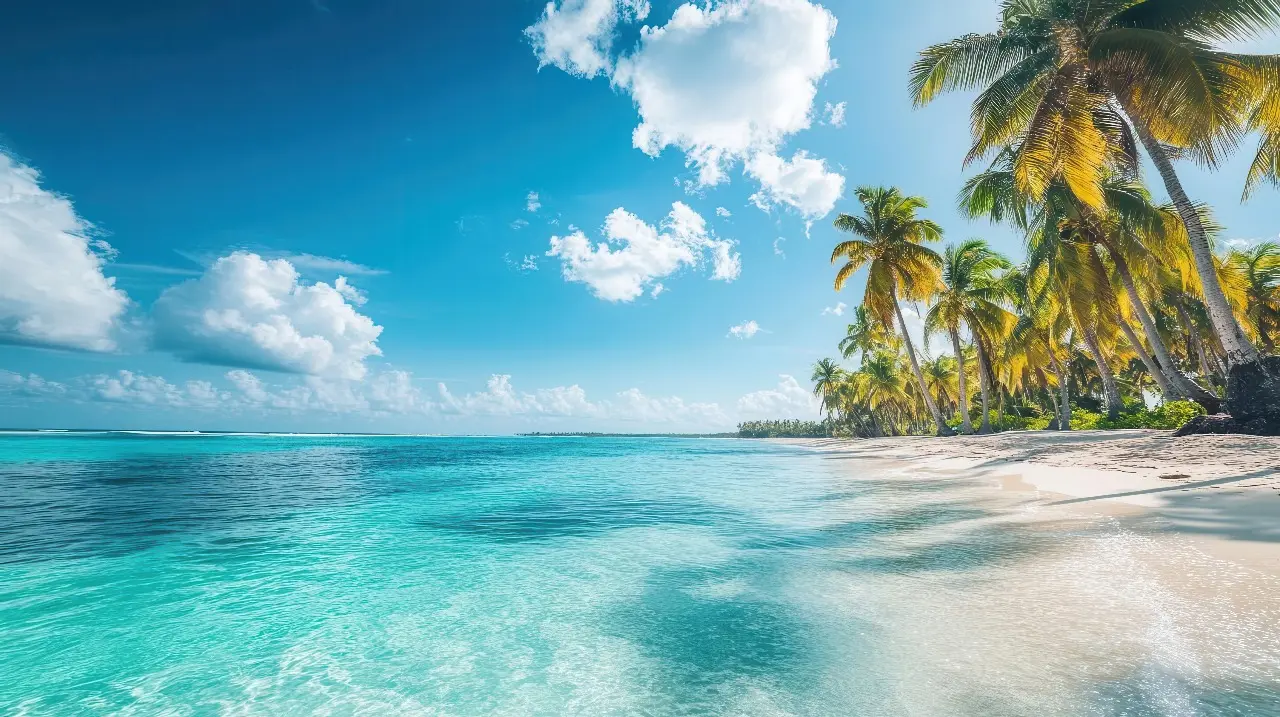
Purchase handwoven Zanskari woolen products directly from local artisans, including unique dragon-patterned rugs that reflect the region's distinctive weaving tradition. Traditional Zanskari copper and silver jewelry featuring turquoise and coral make unique souvenirs. Buddhist ritual items and prayer flags from monastery shops support local religious institutions. Yak wool blankets and sustainable handicrafts made by women's cooperatives in Padum offer authentic mementoes while supporting the local economy.
Savor traditional Zanskari cuisine centered around barley (tsampa), yak butter tea, and hearty thukpa (noodle soup) at small family-run eateries in Padum. The remote Zanskar Kitchen and Snowland Restaurant offer basic but satisfying meals. Fresh local apricots and cherries are summer delicacies. Nightlife is non-existent beyond stargazing – the valley's isolation offers some of the world's most spectacular night skies, untouched by light pollution and perfect for astrophotography.
Zanskar Valley is accessible via a challenging drive from Kargil, open mainly from June to September due to heavy snowfall. Roads are rugged, so a 4x4 vehicle and experienced driver are essential. Limited medical facilities mean carrying a first-aid kit and essential medicines is crucial. Acclimatize properly to avoid altitude sickness. Mobile connectivity is minimal; inform someone of your travel plans. Always respect local customs and travel with registered guides when trekking.


